Where our buses sleep at night, explained
Where our buses sleep at night, explained
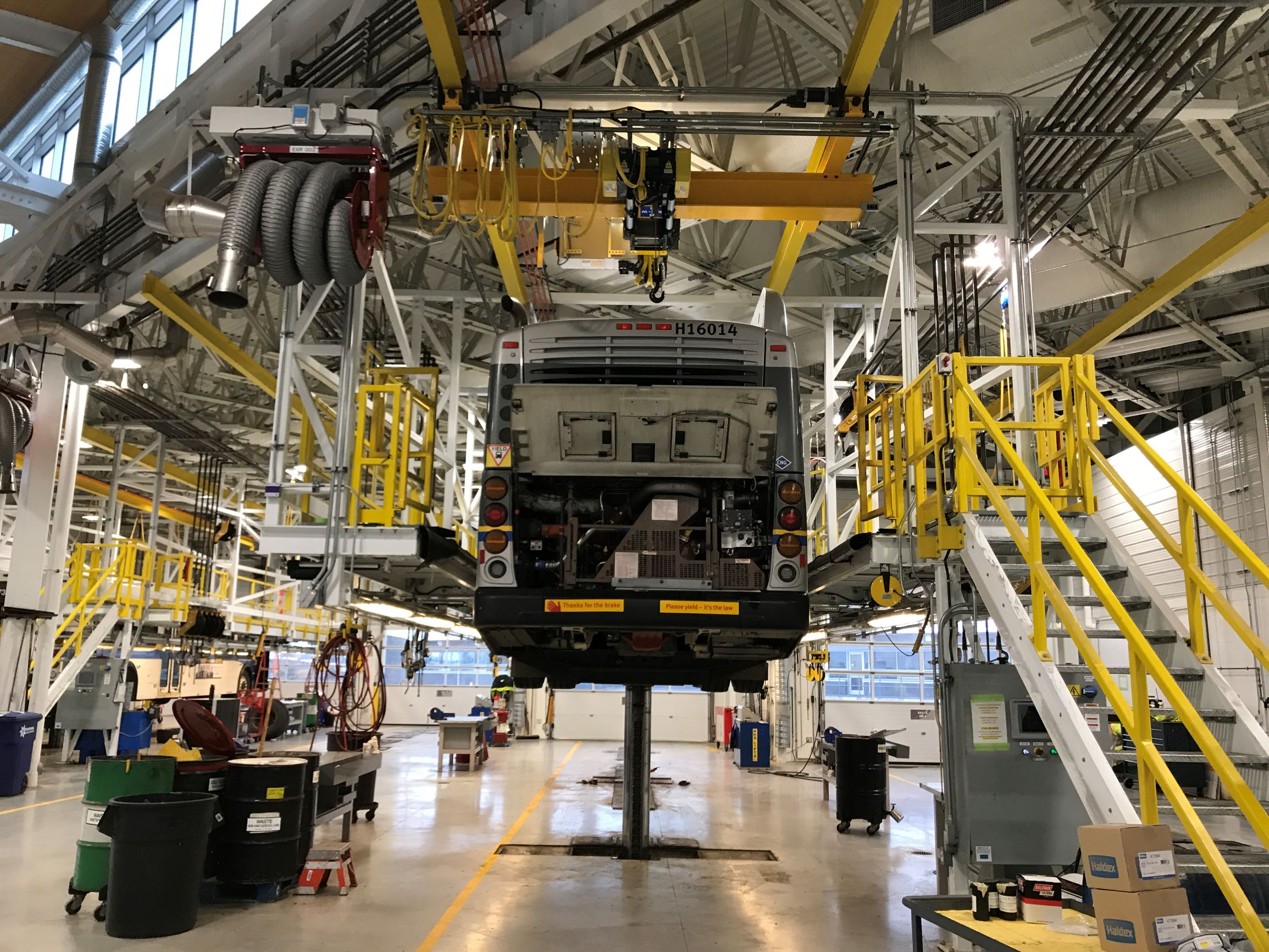
You ride our buses during the day, but what happens when they go home at night?
Well, just like the rest of us, our buses need some downtime and TLC at the end of a long day of work. Each night, our SkyTrains, buses, SeaBuses and West Coast Express trains all retire to their own resting places for a well-deserved break.
For our buses, they go home to one of six transit centres — or bus depots — across Metro Vancouver. Each location has a yard where the buses are parked, a maintenance area where buses are refuelled and maintained, as well as an service delivery area where bus operators pickup their schedules.
Coast Mountain Bus Company (CMBC), which operates 96 per cent of the region’s bus service, has depots in Burnaby, Richmond (two of them!), Vancouver, Surrey, and Port Coquitlam. The District of West Vancouver has its own depot for its Blue Bus operations.
Read on to learn more about each of the bus depots and what’s unique about each one of them!
Please note our transit centres are not open the public.
Burnaby Transit Centre
Burnaby Transit Centre (BTC) opened on November 3, 1986 at 4:35 a.m. with bus #5101 was the very first bus to pass through the gates. It’s arguably our most diverse depot with a north and south campus. The north campus is home to the our trim and sign shop, while the south campus houses fleet overhaul.
Fleet overhaul looks after major repairs and mid-life refurbishments. Its functions include the body shop, panel fabrication, paint shop, high-mileage vehicle repairs, warehouse, and electronics.
The sign shop looks after fabricating and installing signs for all bus stops, as well as creating the decals for all the buses. This includes the fleet numbers (the single letter and four-to-five digit number you find on the front, back and sides of buses like B18001 or V2101), “Fare Paid Zone,” no smoking, the “Thanks for the brake” bumper sticker and so much more.
Types of buses
- 40-foot conventional buses
- 60-foot, articulated buses
Notable routes
- 99 B-Line
- R2 Marine Dr RapidBus
- R5 Hastings St RapidBus
- 130 Metrotown / Pender / Kootenay
- 222 Metrotown Station / Phibbs Exchange
Known for
- Home of fleet overhaul, farebox, sign shop, trim shop
Hamilton Transit Centre
Located in Richmond at the New Westminster border, Hamilton Transit Centre (HTC) is CMBC’s newest and second largest facility. It opened on Sept. 5, 2016 and is home to 160 conventional buses and 48 community shuttles. HTC has the capacity to eventually accommodate up to 300 40-foot buses. It is a unique and innovative facility that was built to LEED Silver standards and has many sustainable features including salvaged, pine beetle wood ceilings and roofs, LED lighting, a heat-reflective roof and much more.
Types of buses
- 40-foot conventional buses
- 60-foot, articulated buses
- Community shuttles
- Battery-electric buses
Notable routes
- R4 41st Ave RapidBus
- 100 22nd St Stn / Marpole Loop
- 119 Edmonds Stn / Metrotown Stn
- 144 SFU / Metrotown Stn
- 410 Richmond-Brighouse Stn / 22nd St Stn
Known for
- Home for the battery-electric buses
Port Coquitlam Transit Centre
Port Coquitlam Transit Centre (PTC) opened in 1978 and over its 40-year-plus history, it has been home to many firsts. In 1991, it was the first bus depot to operate and maintain 60-foot, articulated buses. Twenty-one articulated buses operated out of PTC as part of the 160 “SuperBus” route. Then in 1995, it became the first bus depot for compressed natural gas (CNG) buses. We’ve since added CNG fueling capabilities to Hamilton and Surrey transit centres.
Types of buses
- 40-foot conventional buses
- 60-foot, articulated buses
- Community shuttles
Notable routes
- R3 Lougheed Hwy RapidBus
- 145 SFU / Production Stn
- 160 Port Coquitlam Stn / Kootenay Loop
- 701 Haney / Maple Ridge East / Coq Stn
- N9 Downtn / Lougheed Stn / Coq Ctrl Stn
Known for
- First depot for CNG and articulated buses
Richmond Transit Centre
Richmond Transit Centre opened in September 2000, coinciding with the launch of the 98 B-Line — a limited stop, express bus service that operated between Richmond and downtown Vancouver before the Canada Line opened in 2009. It’s unique among our transit centres because it’s home to the double-decker buses and most highway coaches (the buses that have no rear doors!).
Types of buses
- 40-foot conventional buses
- 40-foot “highway” buses
- 60-foot, articulated buses
- Double-decker buses
Notable routes
- 49 Metrotown Stn / Dunbar Loop / UBC
- 301 Newton Exchange / Brighouse Station
- 351 White Rock Ctr / Bridgeport Stn
- 555 Carvolth Exch / Lougheed Stn
- 620 Tsawwassen Ferry / Bridgeport Station
Known for
- Home of the double-decker buses
Surrey Transit Centre
Surrey Transit Centre (STC) opened in 1978 in a temporary facility before moving to a permanent one in 1994. It’s home to most of the bus service in the south of Fraser region and is home to Transit Communications (T-Comm), which is air traffic control for buses. Twenty-four hours a day, T-Comm supervisors are constantly monitoring the buses on the system. They manage the flow of bus traffic as much as possible, and provide information and support to operators as needed.
Types of buses
- 40-foot conventional buses
- 60-foot, articulated buses
- Community shuttles
Notable routes
- R1 King George Blvd RapidBus
- 319 Scott Stn / Newton Exch / Scottsdale
- 501 Langley Centre / Surrey Central Stn
- 503 Aldergrove / Surrey Central Stn
- N19 Downtown / Surrey Cntrl Stn NightBus
Known for
- Home of Transit Communications, air traffic control for buses
Vancouver Transit Centre
Vancouver Transit Centre (VTC) opened on Sept. 1, 2006 and is the largest transit centre, spanning more than 240,000 square feet. In addition to housing 40-foot conventional buses, it is home to our entire trolleybus fleet.
Our trolleybus fleet today consists of 262 forty- and sixty-foot buses built by New Flyer, operating on 13 routes. We’re the only transit system in Canada that operates trolleybuses and our fleet is one of the largest in North America! Other cities with trolleybuses include Philadelphia and Seattle.
Not only that, our bus operator training centre is located at VTC, providing in-depth classroom instruction and on-the-road training to each new transit operator. The training department also conducts ongoing refresher training for all transit operators.
Types of buses
- 40-foot conventional buses
- 40-foot trolley buses
- 60-foot trolley buses
Notable routes
- 16 29th Avenue Stn / Arbutus
- 19 Metrotown Stn / Stanley Park
- 20 Victoria / Downtown
- 25 Brentwood Stn / UBC
-
41 Joyce Stn / Crown
Known for
- Home of Canada’s only trolleybus fleet and one of the largest in North America


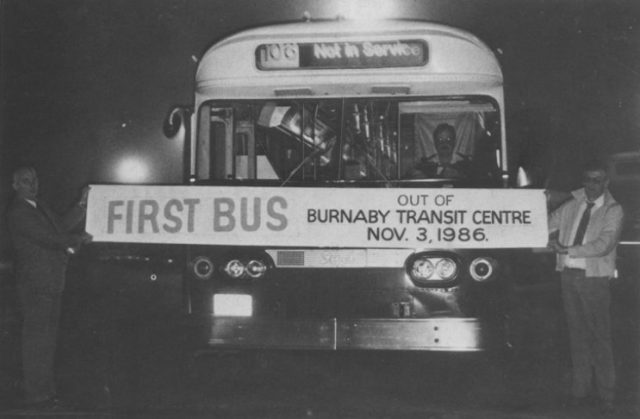
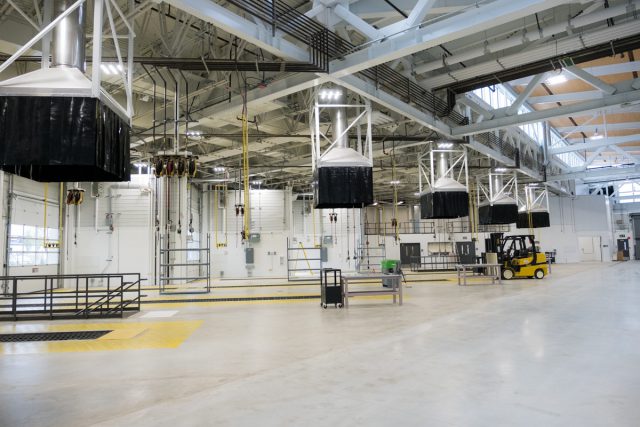

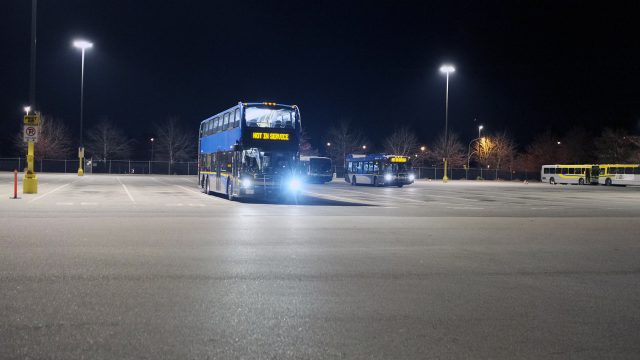
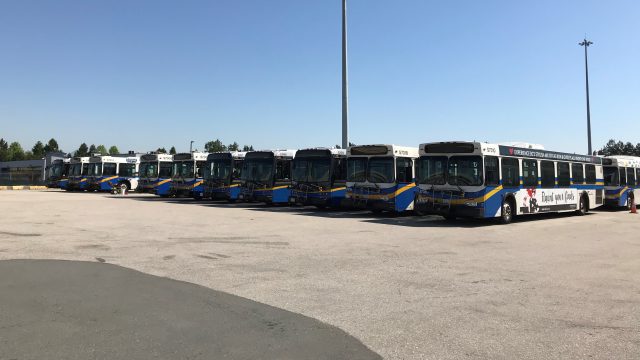
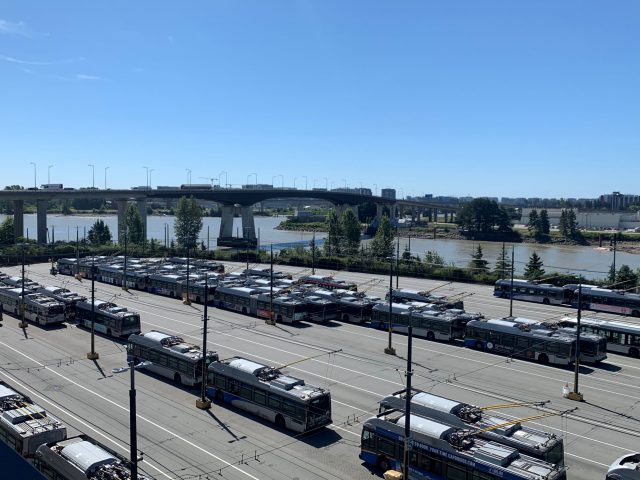




Really out here hoping Langley gets a bus yard in the future! Do justice to bus drivers who live as far out as Chilliwack, as well as relieve Surrey of much needed yard space especially with the R6 and Scott Road corridor being the consistently overcrowded corridor it is no matter whatever expansion is done.